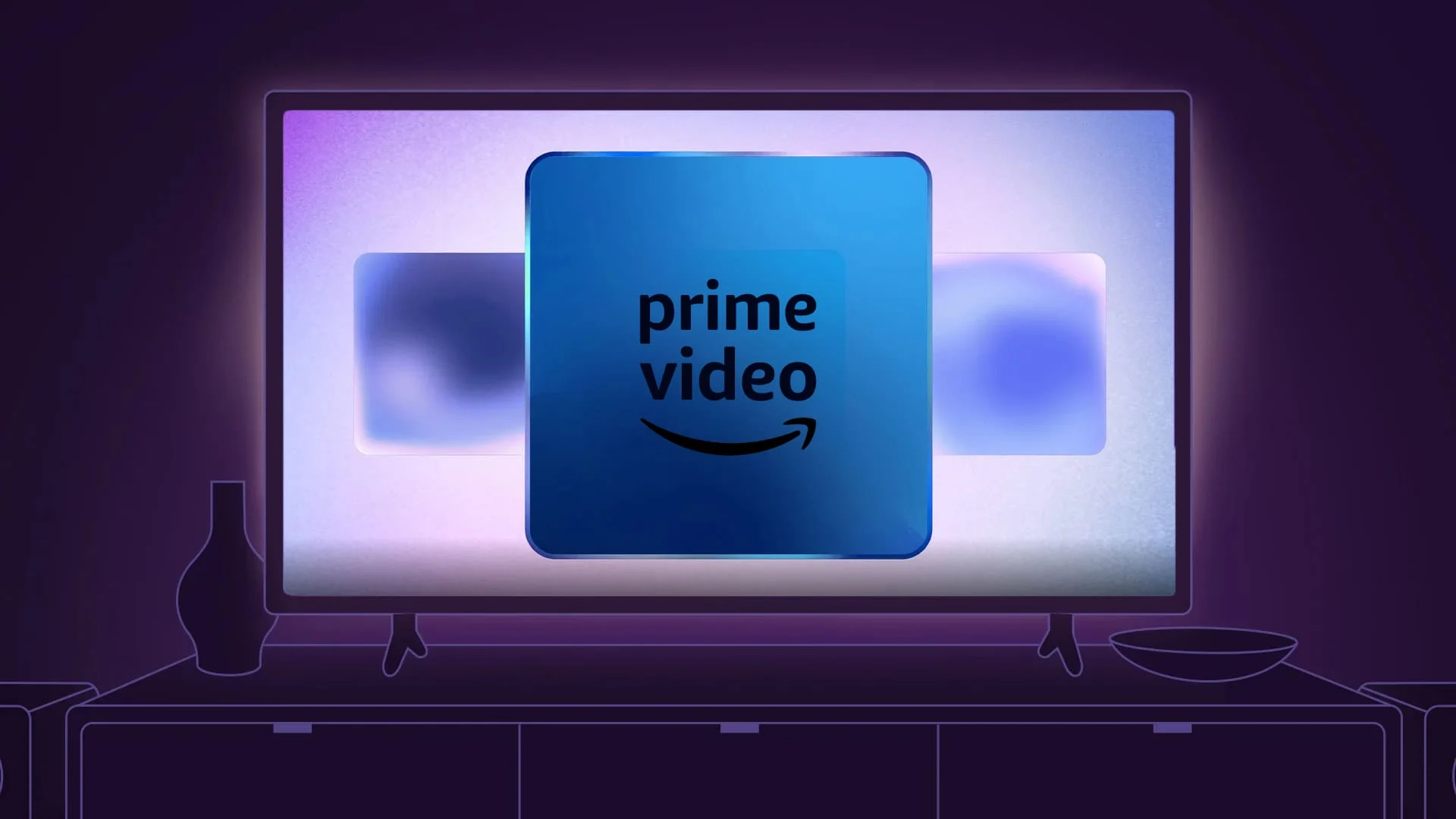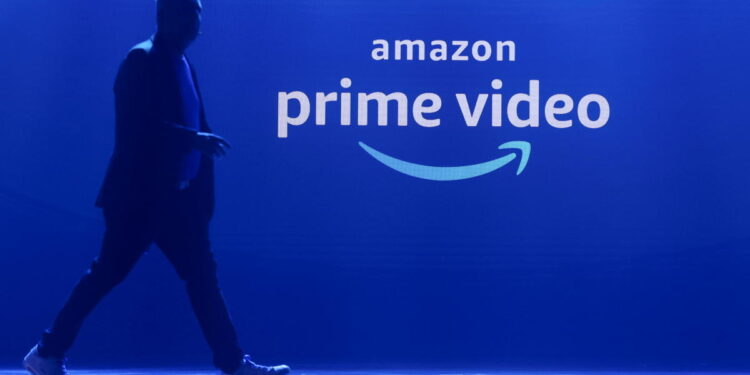In a surprising turn of events, Amazon Prime Video has decided to place its Dolby Vision HDR and Dolby Atmos surround sound features behind a new paywall, a move that has left subscribers puzzled and, in some cases, irked. This decision represents a significant shift in Amazon’s strategy, aligning itself more closely with industry trends but also risking customer satisfaction in the process.
Let’s delve into the implications of this change in Amazon Prime Video subscription and how it compares to the competition in the streaming video space.

The Unfolding of Amazon’s New Strategy
Amazon’s recent confirmation that Dolby Vision and Dolby Atmos capabilities are now exclusive to an ad-free subscription tier is not just a minor tweak but a substantial alteration to its service offering.
As reported by 4KFilme and confirmed by Amazon spokesperson Katie Barker to The Verge, this change has already affected subscribers, who noticed a downgrade in their viewing experience on smart TVs from leading brands like Sony, LG, and Samsung.
Instead of the high-fidelity Dolby options, content is now available in HDR10 with Dolby Digital 5.1 sound.
Dolby Vision and Atmos are no longer available on Amazon Prime Video unless you pay a fee. pic.twitter.com/eyRGowO9lw
— COD Technologies Ltd (@CODTechnologies) February 13, 2024
Pricing Adjustments and Consumer Impact
There will be an additional monthly price of $2.99 introduced as a result of this reorganization to remove advertisements and regain access to the enhanced Dolby Vision and Dolby Atmos capabilities. A twin blow has been dealt to customers who are accustomed to having a high-quality experience that is devoid of commercials, as this move follows closely on the heels of Amazon’s decision to incorporate advertisements into Amazon Prime Video.
When compared to the monthly fee of $22.99 that Netflix charges for its 4K tier, the price revisions that Amazon has made may appear to be rather little. On the other hand, this appears to be a substantial change for Amazon Prime Video users who have been with the service for a long time and have participated in a comprehensive package of advantages, which includes expedited shipping and streaming.
For those primarily interested in the streaming service, the additional fee represents an 18% to 28% increase, depending on their subscription model.
Amazon Prime Video: Competitive Landscape
The introduction of ads and additional fees for premium features places Amazon Prime Video in a new position relative to its competitors. Its $8.99-per-month base rate (before the new Dolby features fee) undercuts Disney Plus’s ad-supported option by a dollar, though it’s now more expensive than Netflix’s $6.99 ad-inclusive 1080p service.
This repositioning prompts a critical question: Will consumers find enough value in Amazon Prime Video’s offering to justify the additional expense?

Looking Ahead: Strategies and Challenges
Amazon Prime Video’s decision underscores a broader trend in the streaming industry towards tiered services and diversified revenue streams. Yet, it also highlights the delicate balance between innovation, revenue generation, and customer satisfaction. As the company navigates this transition, it will be crucial to monitor subscriber responses and potential impacts on market positioning.
Moreover, with the streaming sector becoming increasingly competitive, Amazon Prime Video’s ability to offer distinctive content, such as the highly anticipated “Rings of Power” series, in full fidelity without ads could become a key differentiator. Nonetheless, success in this endeavor will likely depend on transparent communication, compelling content, and a pricing strategy that aligns with consumer expectations.
Amazon Prime Video’s shift towards additional fees for premium sound and vision features marks a pivotal moment for the service. As the industry continues to evolve, Amazon’s strategy will serve as a case study in balancing innovation with customer loyalty. Only time will tell how this gamble pays off for the tech giant and its subscribers.










